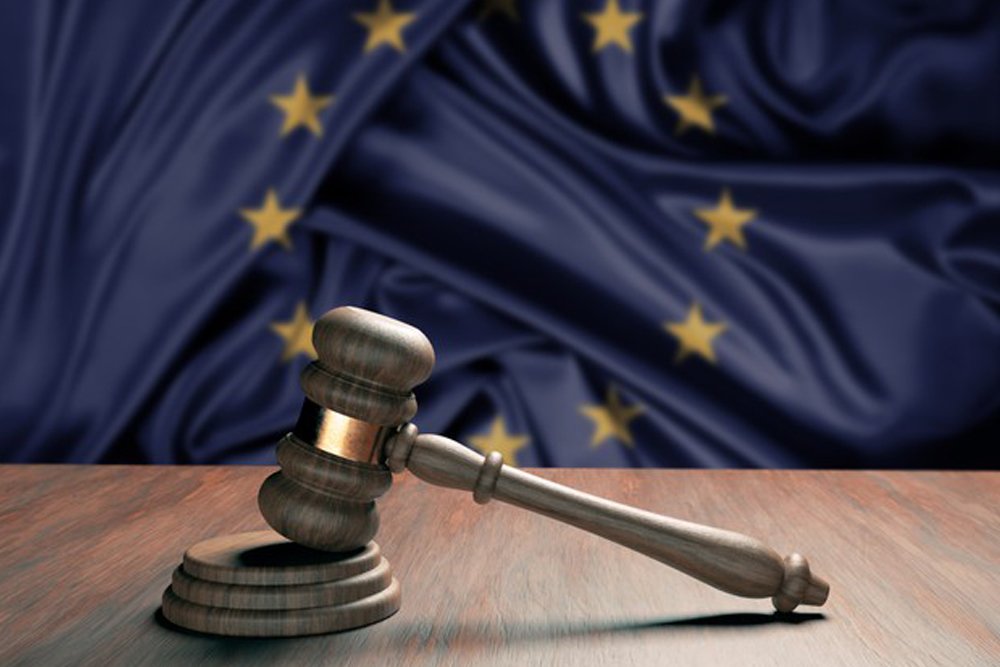VAT revolution, not all that glitters is gold
BlogJune 11, 2021

The e-commerce boom we have witnessed over the last year and a half has brought to the surface not only the potential but also the fragilities and complexities of a system that despite having been around for a long time had not yet come to be seen as so strategic. One of these issues, which is bound to change in a few months, concerns VAT.
In fact, on 1 July, the VAT rules in the EU will change: the MOSS scheme – an acronym for Mini-One-Stop-Shop, which is now available for electronic, telecommunication and broadcasting services – will be extended to B2C sales as well. This is a significant change that promises to simplify the complexity of e-commerce in no small measure.
Until now, when the annual turnover of an e-commerce shop exceeded a certain threshold and came from customers in another EU country, the retailer was obliged to register with the tax authority of the country to which it supplied the products and open a local VAT position. However, under the new regime in force as of 1 July, the VAT supply remains taxable in the seller's home country and no longer in the country of destination. Of course, the introduction of this directive is not compulsory: national VAT positions can still be managed if one prefers.
At first glance, this is perceived as a simplification: we now have a single report and a single VAT declaration instead of 5, 10, 15 or 27, depending on the size of the business. In fact, this European legislation is part of the so-called 'ecommerce package' which aims precisely to simplify VAT obligations for businesses that have embarked on cross-border ecommerce. For a full understanding of the process, however, there are some elements that we cannot ignore.

The new threshold set by the new VAT regulation is €10,000 per year. This means that up to €10,000, it is possible to continue cross-border ecommerce only with a national VAT number, while above this annual sales limit, sellers will have to apply local VAT rules and rates or adapt to the OSS. In the first case, SMEs will have to continue to manage and monitor the rates of other countries, which can be dozens: each of the 27 Member States has three or four different rates depending on the sector, a monitoring activity that can be a complex and risky – as well as time-consuming – task for companies. In the second case – i.e. if they decide to comply with the OSS – companies can manage VAT from their own premises without the need to open a new VAT account or several foreign ones, but with the risk of incurring new costs. Finally, for large companies, the OSS does not change anything: they store or have their headquarters in EU countries other than their home country and are therefore obliged to have a VAT position in that country and may join the OSS for B2C sales in other countries.
And that's not all. Another simplified regime to be introduced as of 1 July is IOSS (Import-One-Stop-Shop), which will cover all imported goods with a value of less than €150. That is, in order to facilitate the declaration and payment of the VAT due on the sale of goods with a value not exceeding €150, this new scheme will be created, allowing the importer in the EU to collect the VAT from the buyer and to declare and pay it through the one-stop shop for imports – the IOSS. This will require logistics companies and couriers to report their VAT obligations on a monthly basis, but this will be reflected in the sellers who will have to provide accurate information and prepare the technological architecture (integration with couriers and 3PLa) to do so.
Some grey areas, then, are strictly related to the business of B2C products, which are very different from the business of TTE (telecommunication, broadcasting and electronic) services: in the first case, sellers will have to deal with declarations and perhaps VAT credits as the supply chain passes through several EU countries.
It is also unclear what will happen in case of problems with registrations and VAT refunds. Will a mistake, a late payment or a VAT credit with a specific state be handled by the MOSS state or by individual states? The legislation was designed to try to simplify certain aspects of the e-commerce system, but are we sure that some simplifications have not led to as many complications?
The administrative and commercial management of an e-commerce store is anything but simple – especially if it is cross-border – opens up to foreign countries and aims to internationalise. Precisely in order to ease the problems that exist in this type of business, Go Global Ecommerce has several VAT positions throughout Europe and helps brands expand their business in the European market by acting as a protective shield for eShops, taking care of all legal and tax services, thus avoiding additional costs and increasing the revenue of the online shop, allowing it to focus on its business.


